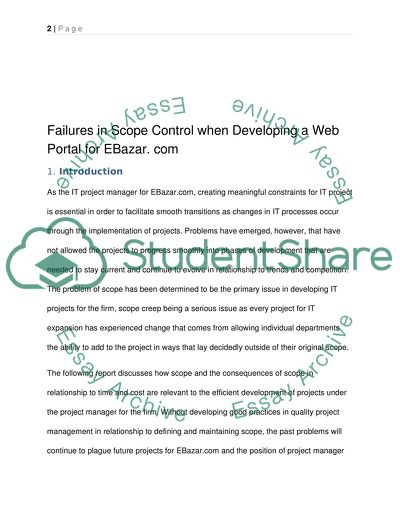Cite this document
(“Failures in Scope Control when Developing a Web Portal for EBazar.com Essay”, n.d.)
Failures in Scope Control when Developing a Web Portal for EBazar.com Essay. Retrieved from https://studentshare.org/information-technology/1456164-it-project
Failures in Scope Control when Developing a Web Portal for EBazar.com Essay. Retrieved from https://studentshare.org/information-technology/1456164-it-project
(Failures in Scope Control When Developing a Web Portal for EBazar.Com Essay)
Failures in Scope Control When Developing a Web Portal for EBazar.Com Essay. https://studentshare.org/information-technology/1456164-it-project.
Failures in Scope Control When Developing a Web Portal for EBazar.Com Essay. https://studentshare.org/information-technology/1456164-it-project.
“Failures in Scope Control When Developing a Web Portal for EBazar.Com Essay”, n.d. https://studentshare.org/information-technology/1456164-it-project.


